USB Microphone
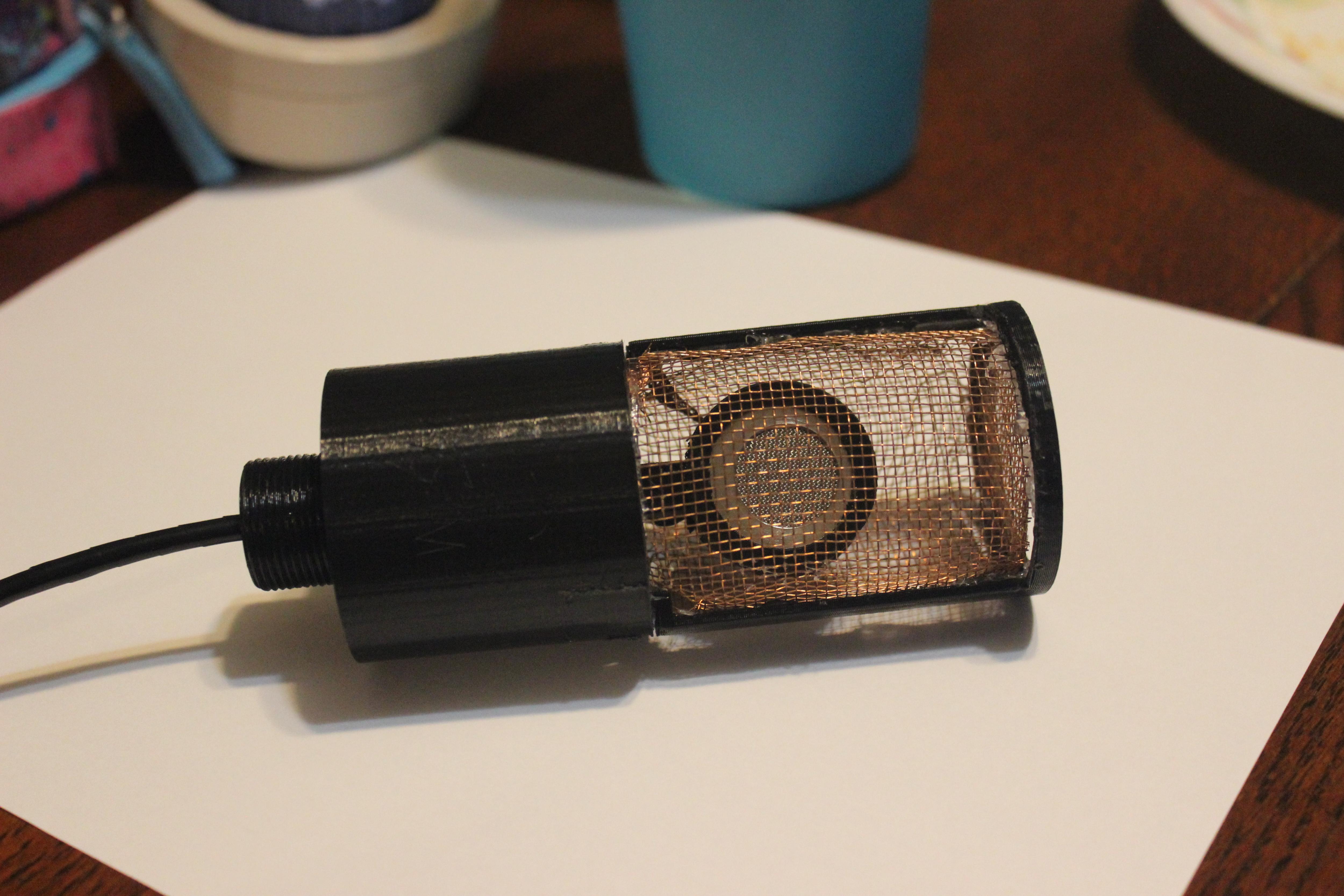
I made a USB Microphone, because I wanted to be able to clearly communicate to my friends while playing online games. I bought a regular microphone for around $70 but was unimpressed with the sound quality and was seeking something better. However, after doing some research on microphones I found that ones with really good quality were around $500 or more and unfortunately I'm not made out of money.
I was searching for an alternative way to get a microphone of good quality when I found a YouTube video of someone building a microphone from scratch. The video showed how to wire a microphone capsule and a preamp to have good sound quality. Using this video and some of my own innovative ideas I created my microphone.
The link for the video is bellow.
https://www.youtube.com/watch?v=LoQu3XXIayc
Supplies
Tools
3D Printer
Regular Printer
Computer
Hot Glue Gun
Soldering Iron
Wrench
Phillips Head Screwdriver
Sand Paper
Wire Cutters
Wire Stripper
Wire Clothes Hanger
Lighter
Box Cutter
Materials
Printer Filament
Hot Glue Stick
JLI2555 Capsule
Desoldering Wire
Solder
Enameled Copper Wire
Electrical Tape
Copper mesh
Flat rubber insulator
73mm x 100mm Strip Board
22uF non-polarized capacitors (3 pcs)
2200uF 16v capacitors (4 pcs)
2.2kΩ resistors (4 pcs)
100Ω resistors (2 pcs)
3.9kΩ resistors (2 pcs)
4.7Ω resistor (1 pcs)
XH 2-pin connectors (3 pcs)
XH 3-pin connector (1 pcs)
8-pin DIP socket (1 pcs)
THAT 1512 amplifier IC (1 pcs)
±15V power isolator NMA0515SC (1 pcs)
Audio Interface
USB-C breakout board
USB-C to USB-B cable
4m 12mm bolts (6 pcs)
4m bolts (4 pcs)
9mm No.4 standoff (4 pcs)
3mm bolts (4 pcs)
3mm nuts (4 pcs)
Audio Cable
Heat Shrink
3D Print
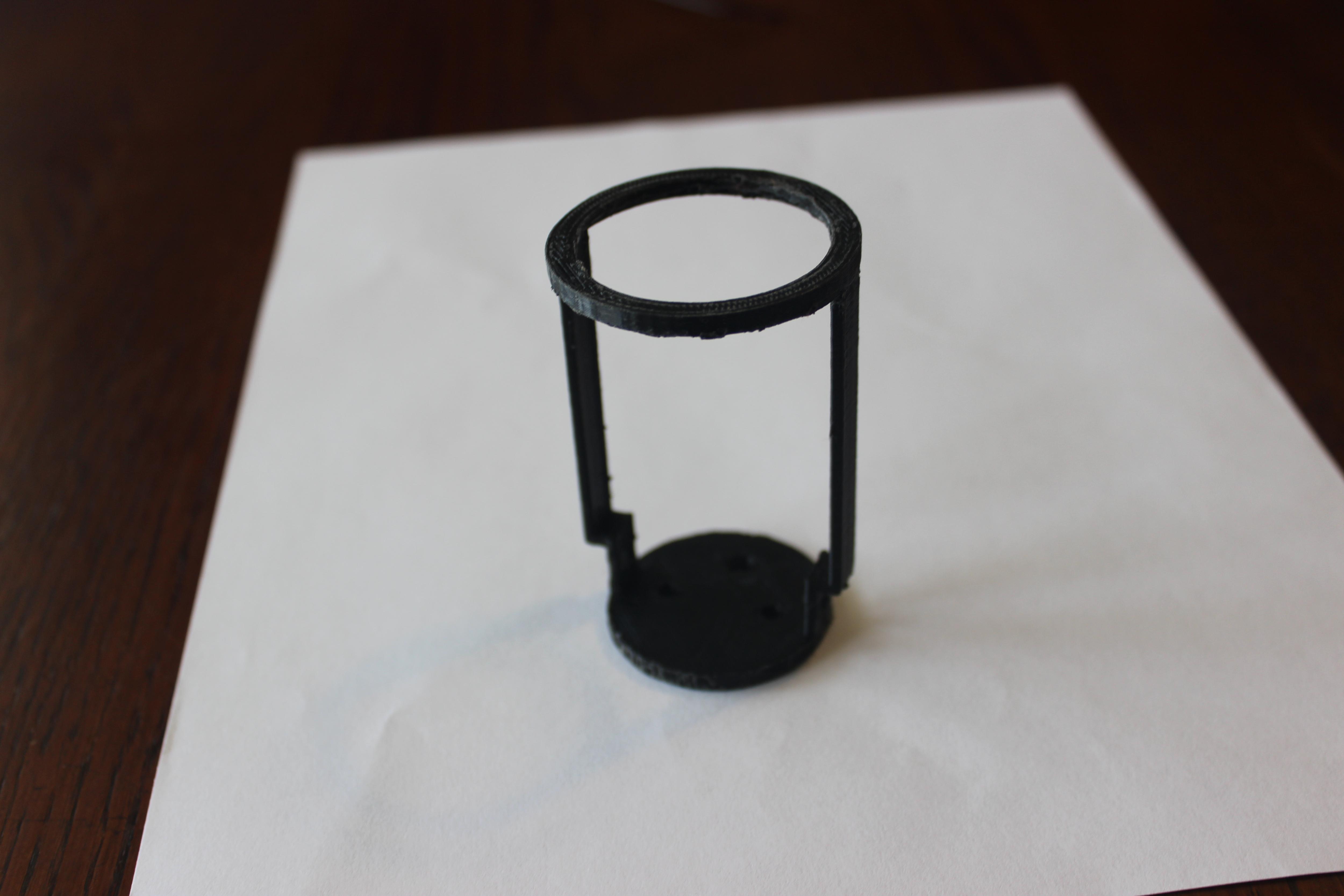
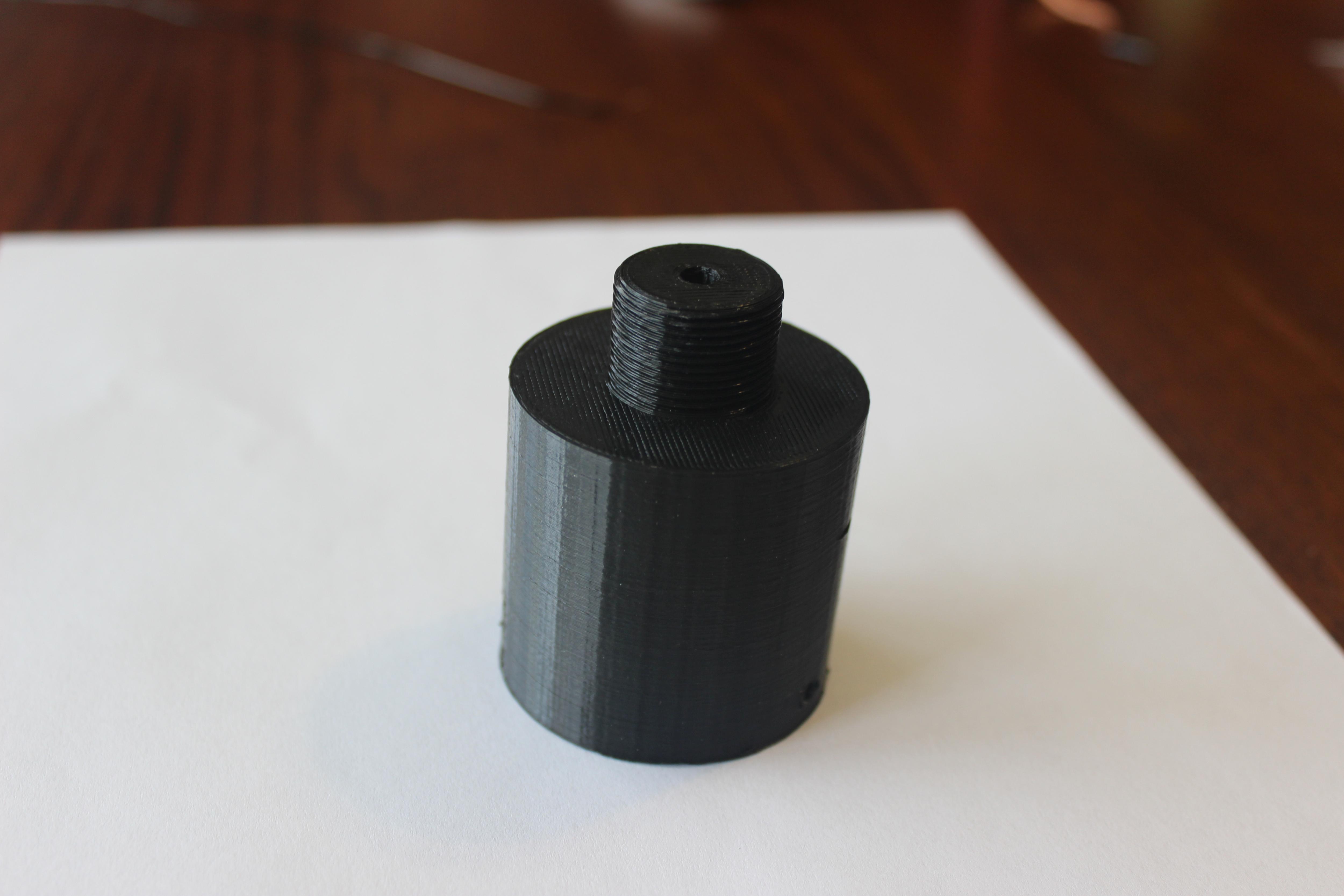
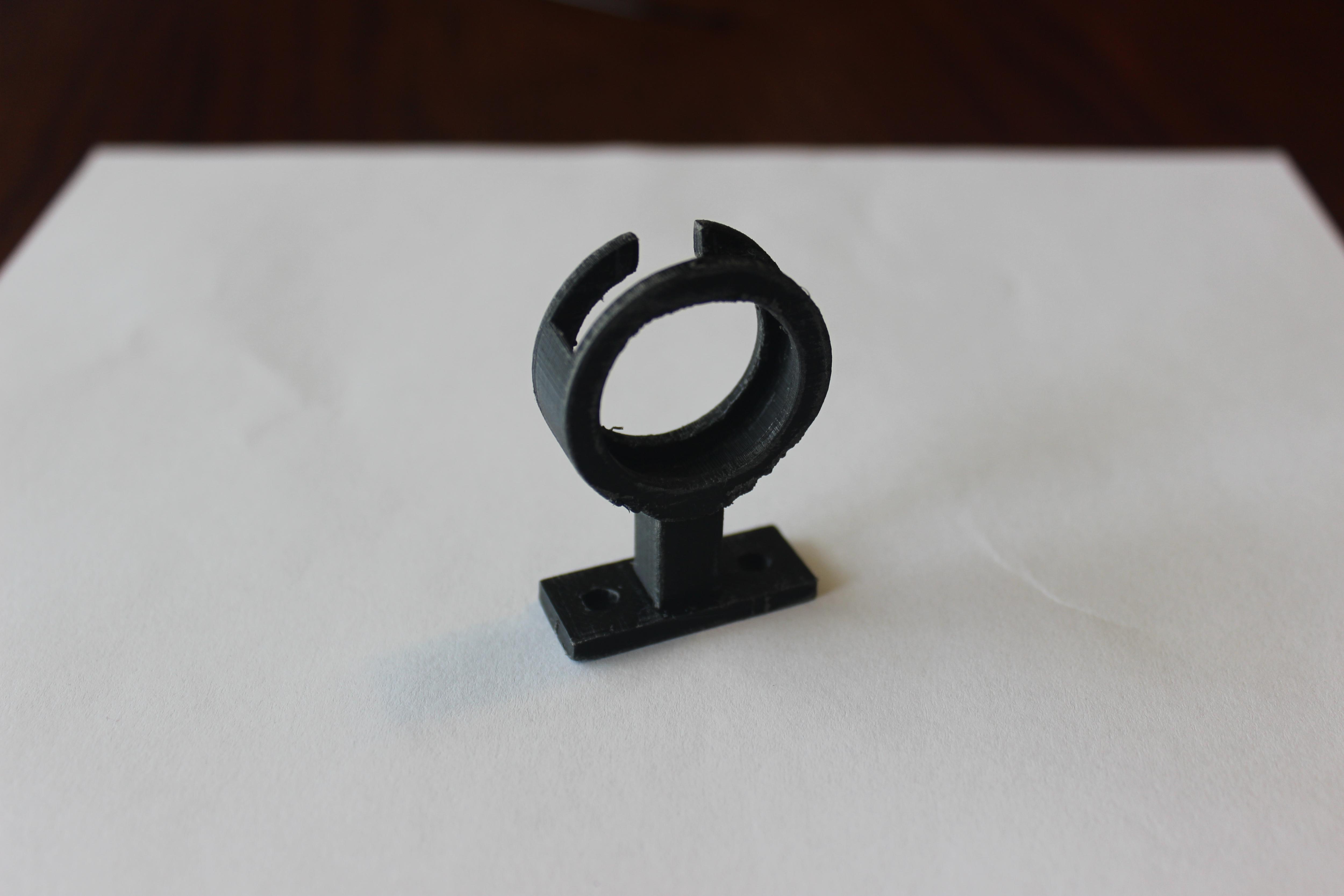
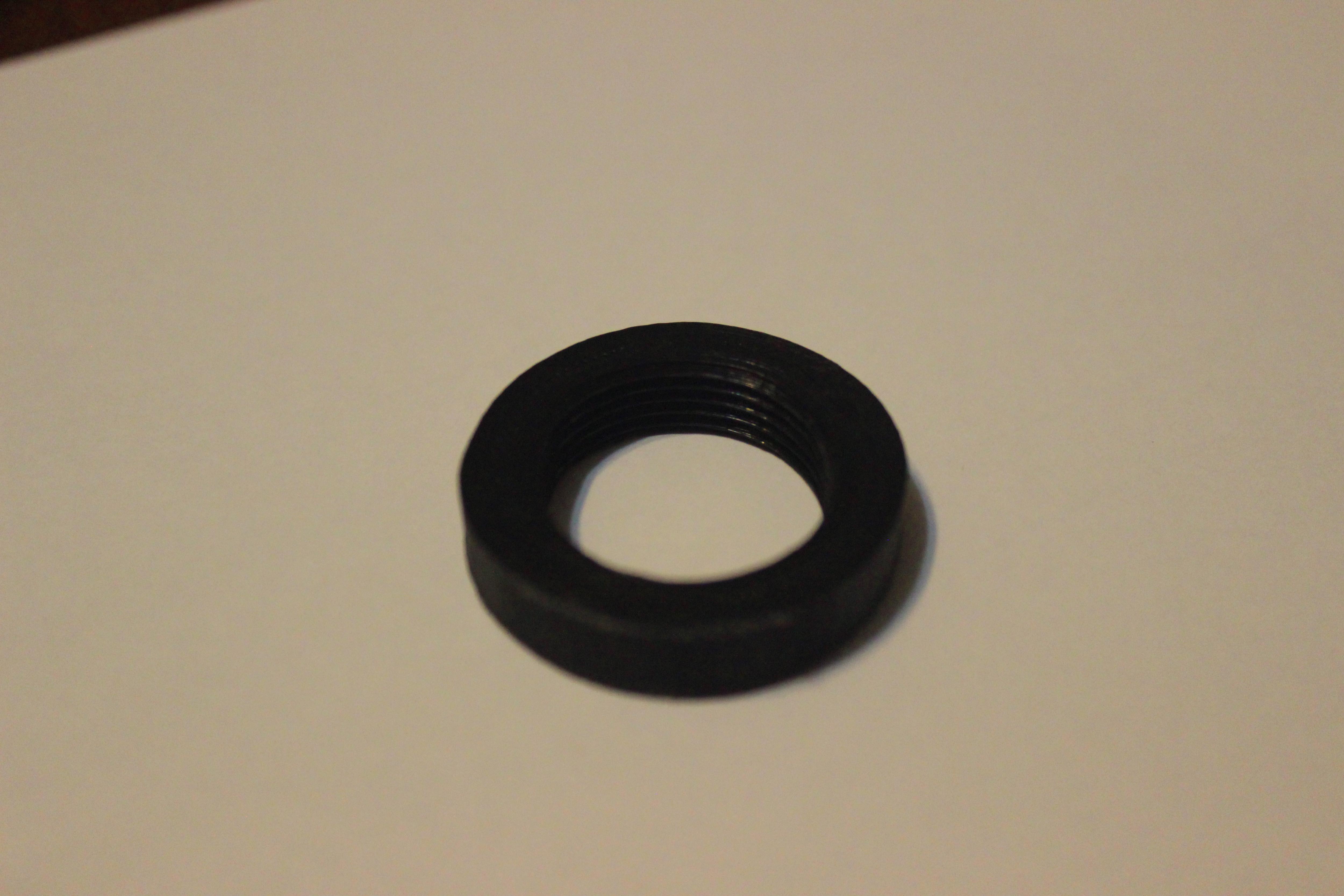
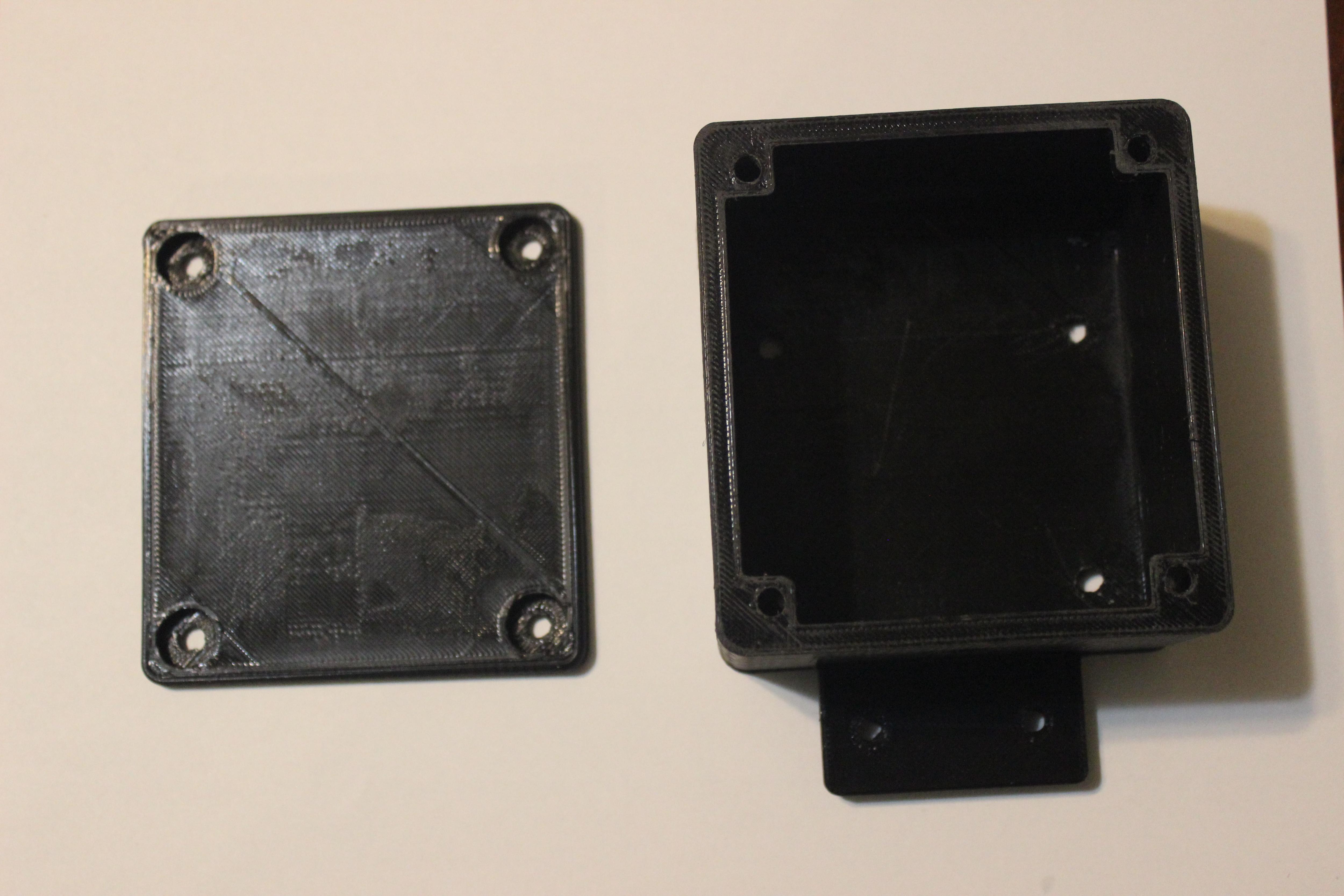
First 3D Print the fallowing pieces:
- Capsule Holder
- Mesh Support
- Microphone Base
- Screw Ring
- Preamp Housing
- Preamp Lid
The stl files for the pieces are attached bellow.
Create Microphone Wire
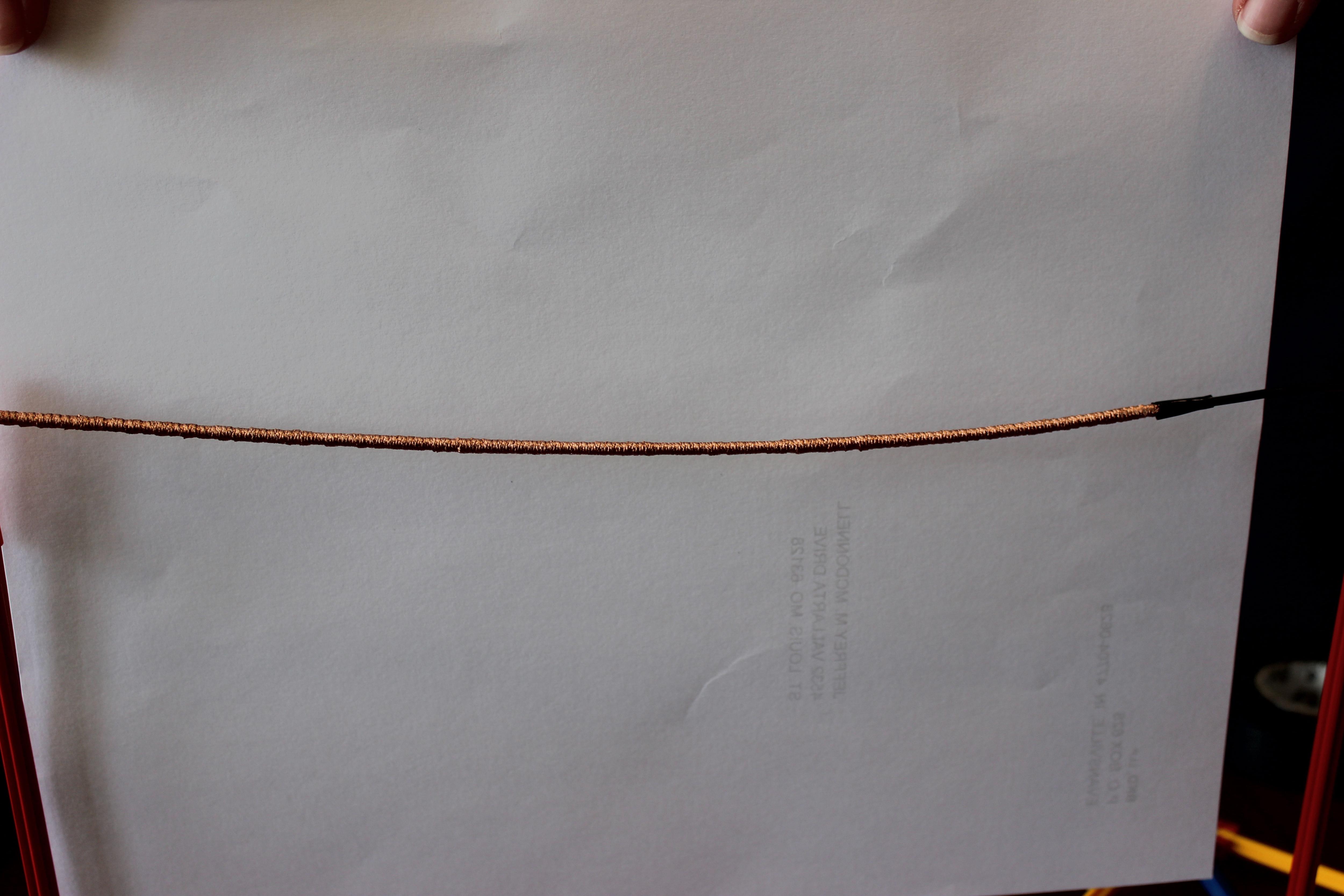
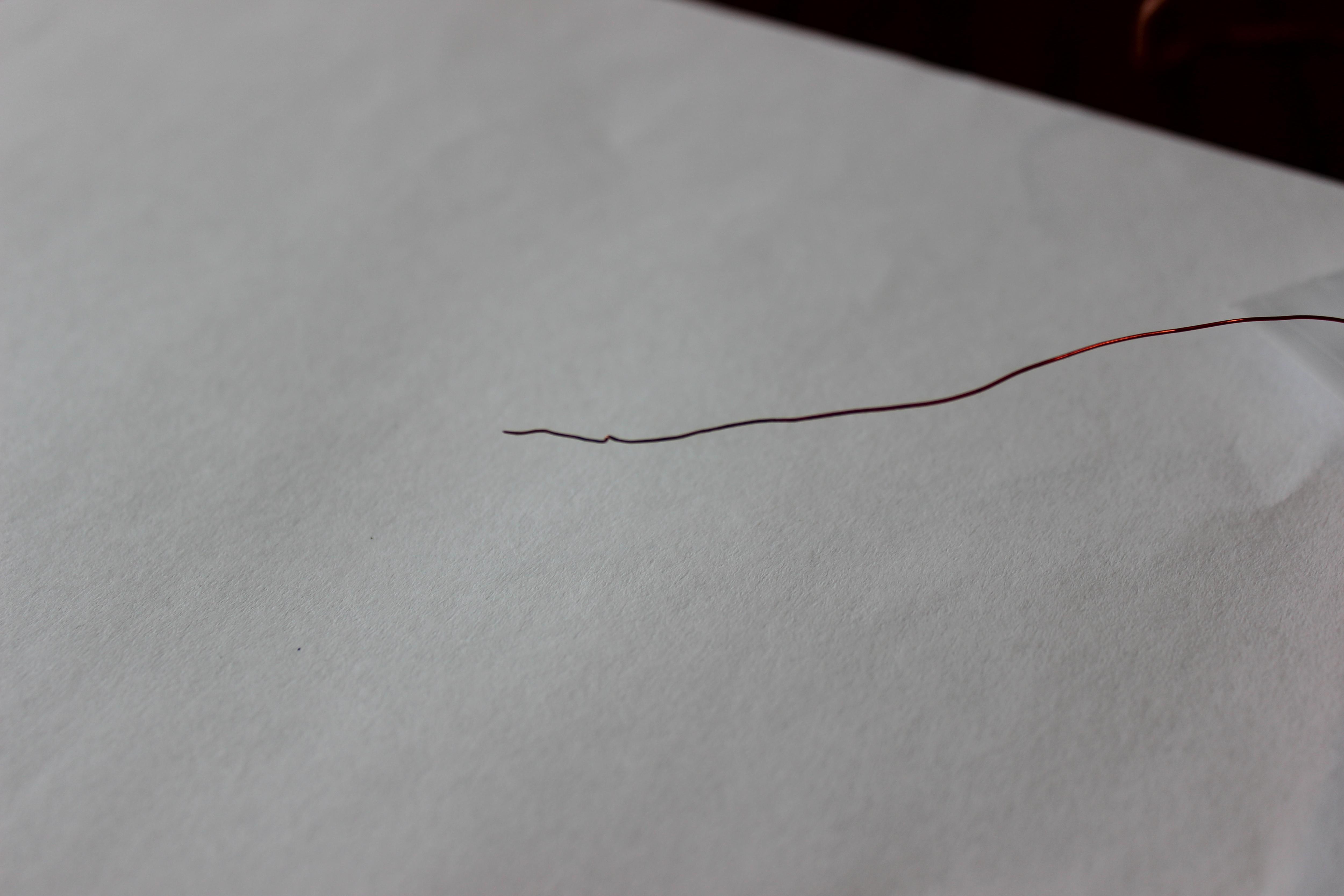
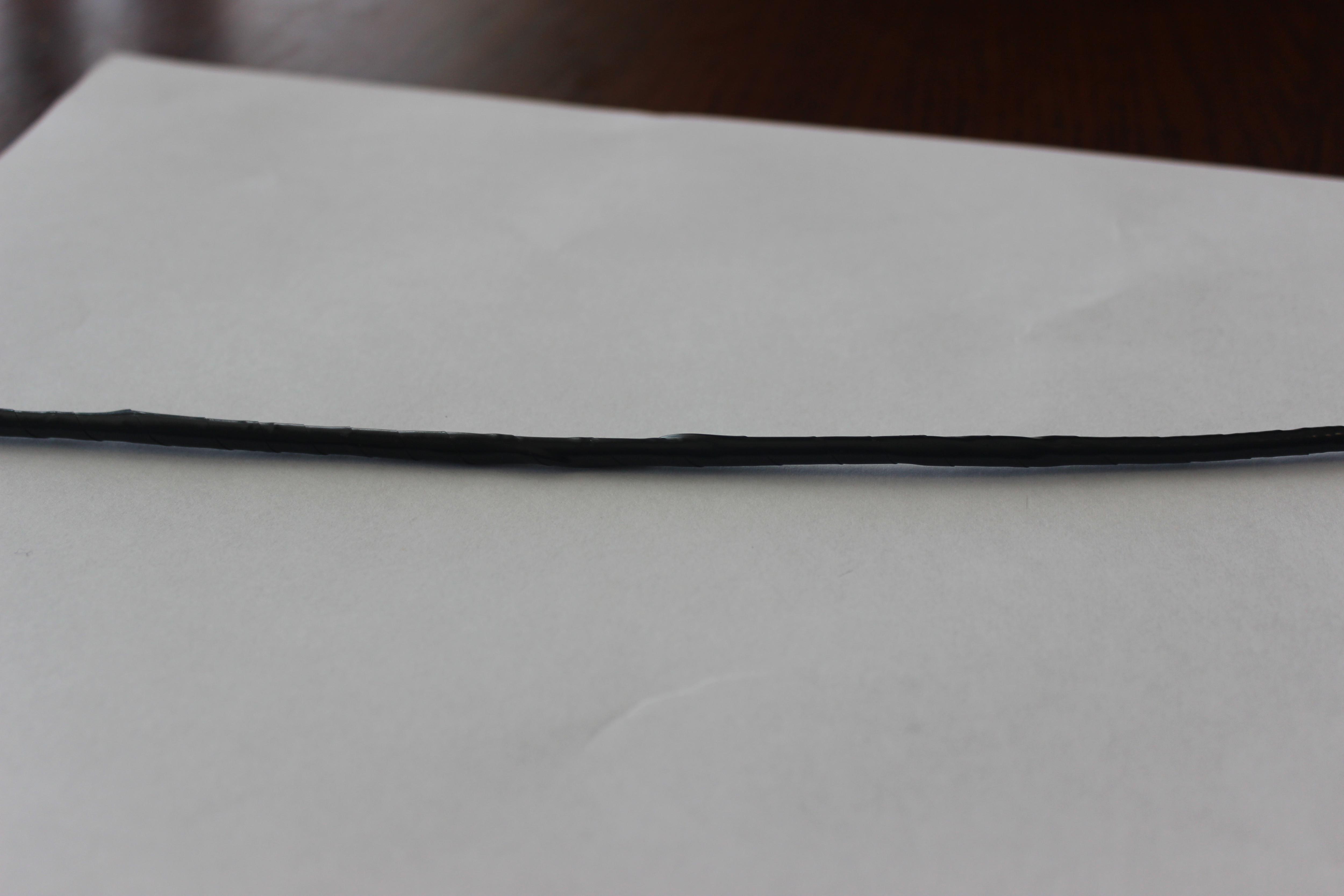
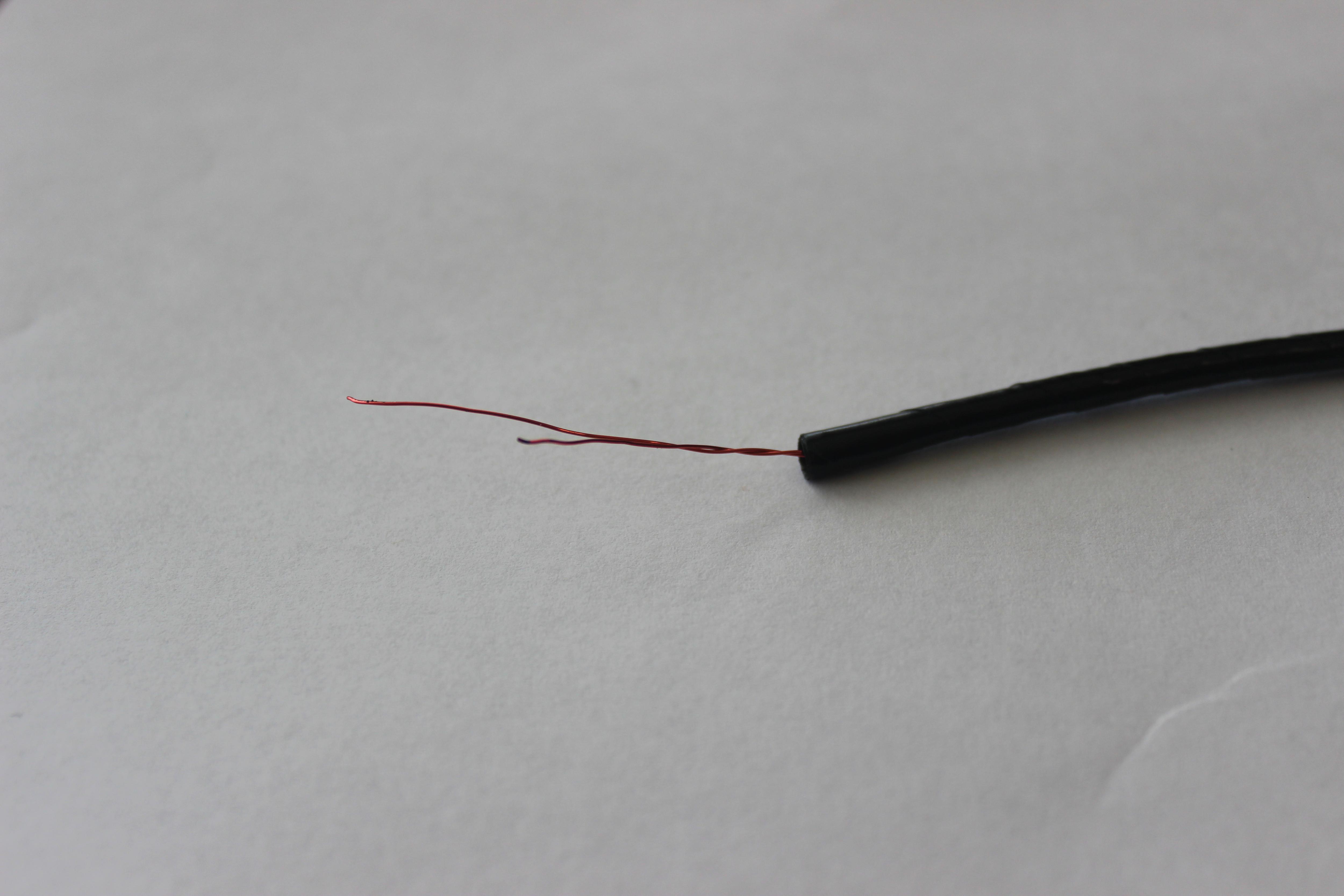
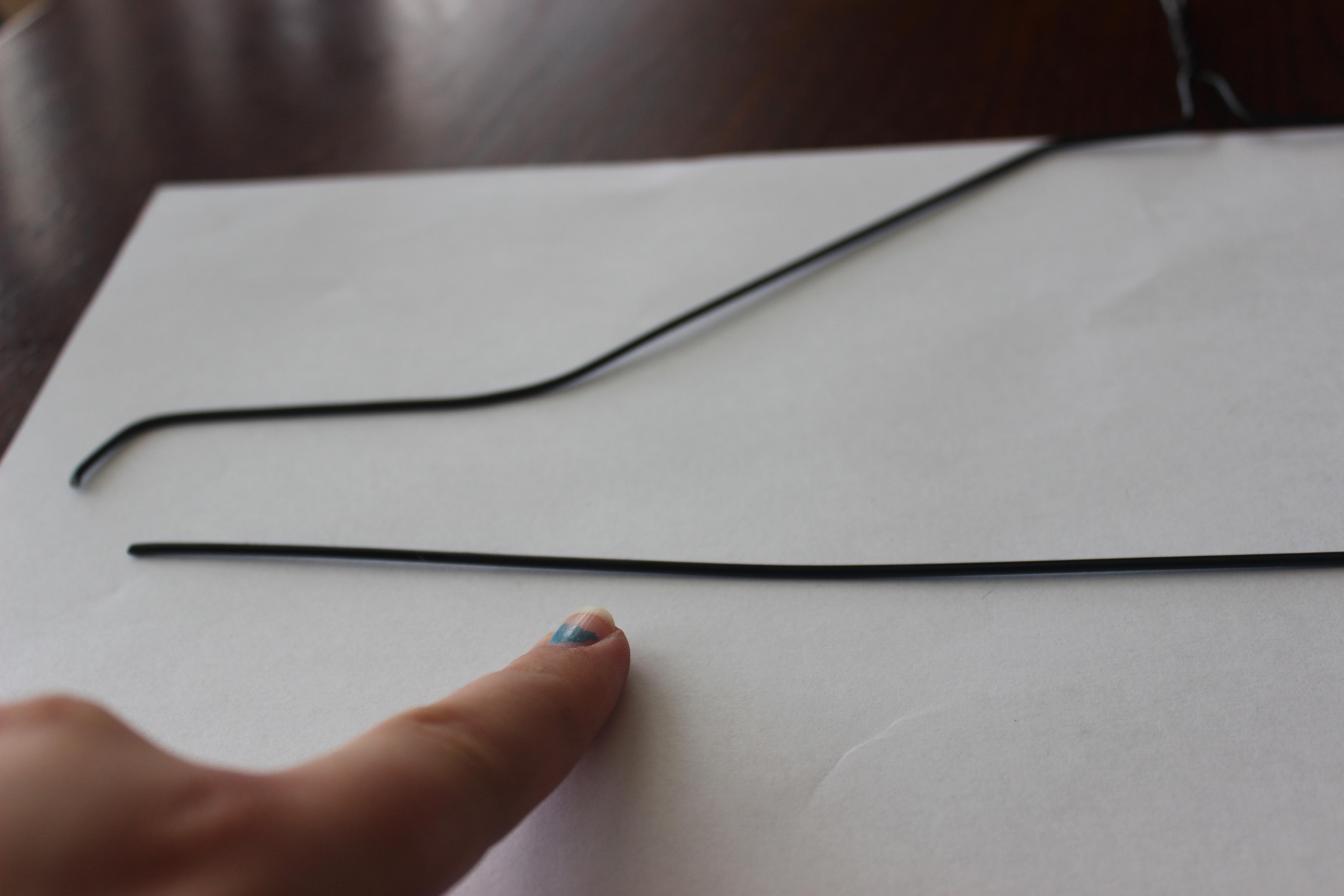
- Cut the long bottom part off of a wire clothes hanger using the wire cutters
- Wrap desoldering wire around the thin wire from the clothes hanger to create an 11 in. long copper tube
- Wrap electrical tape around your copper tube to keep desoldering wire from unraveling
- Slide the wire tube you just made off of the clothes hanger
- Cut two 12 in. pieces of enameled wire
- Thread those wires through the tube
- Sand off the ends of the enameled wire pieces with the sandpaper
Build the Microphone
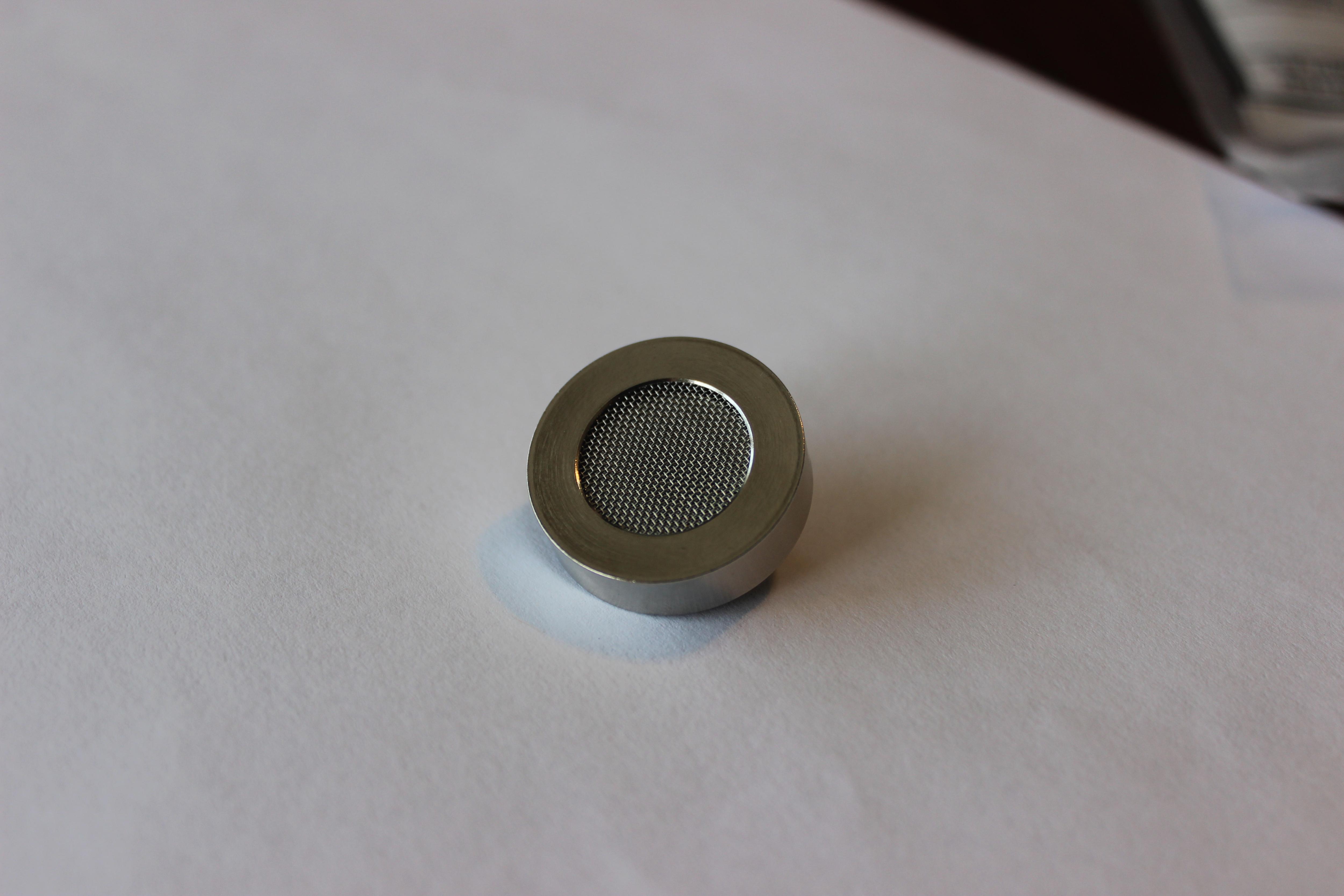
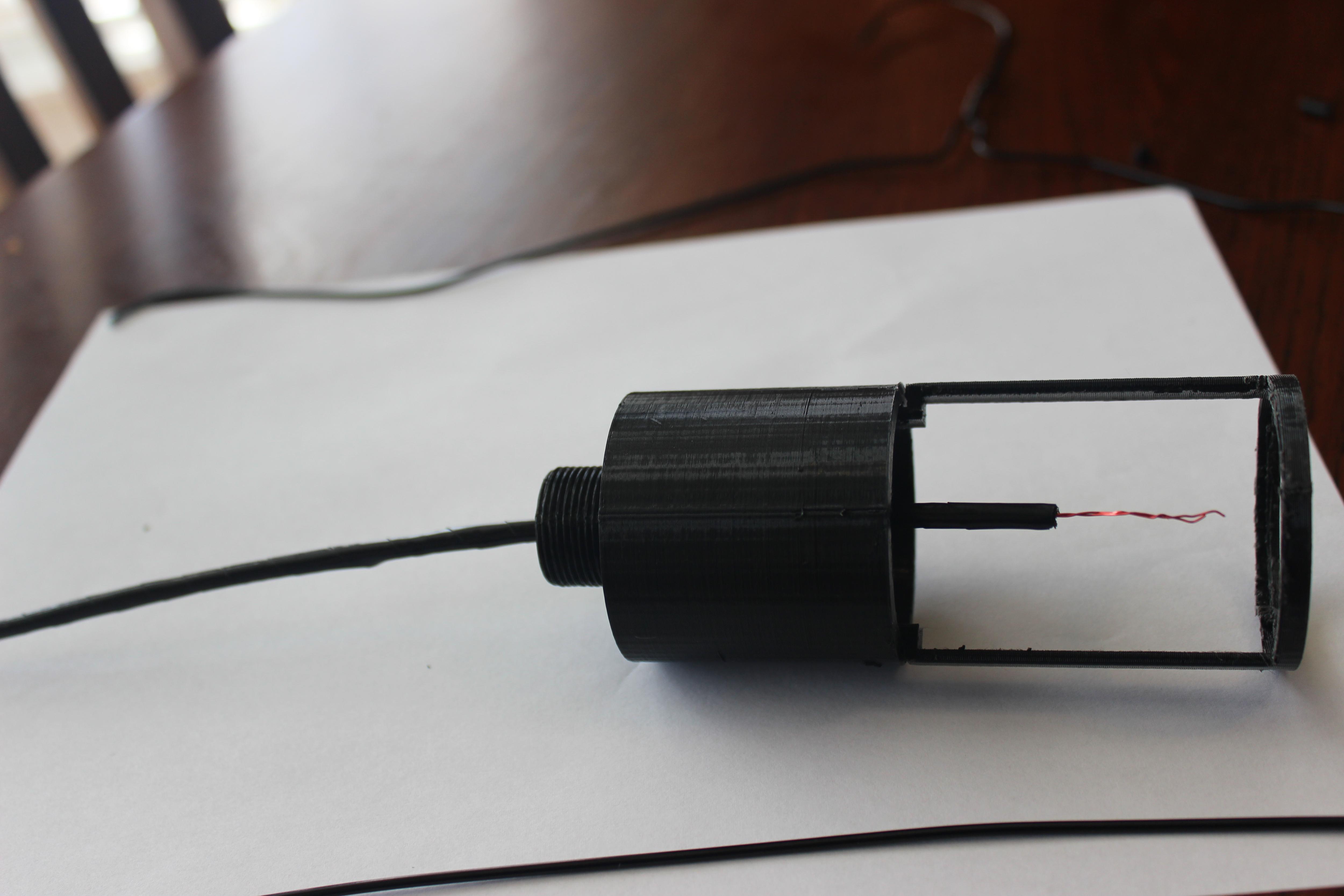
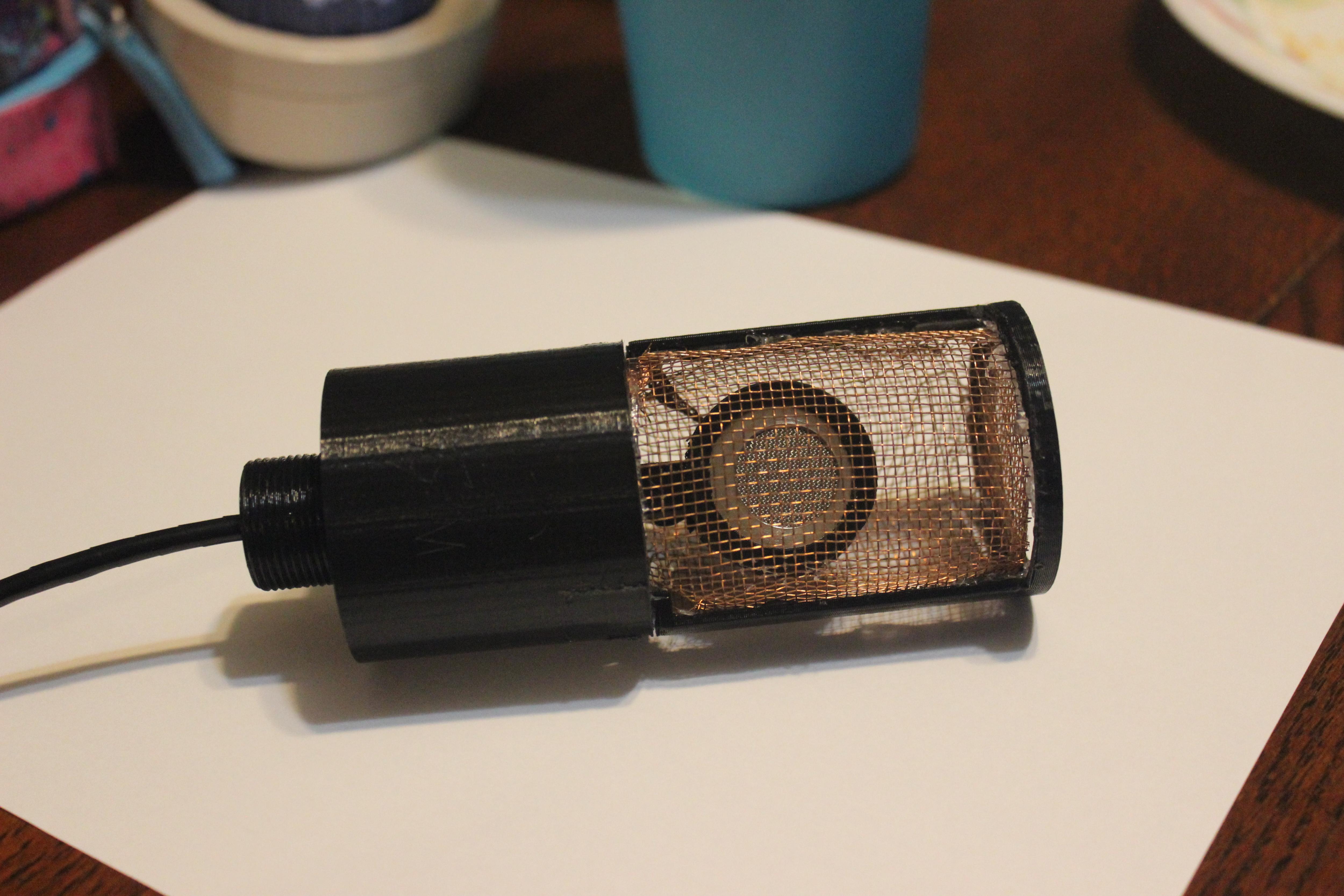
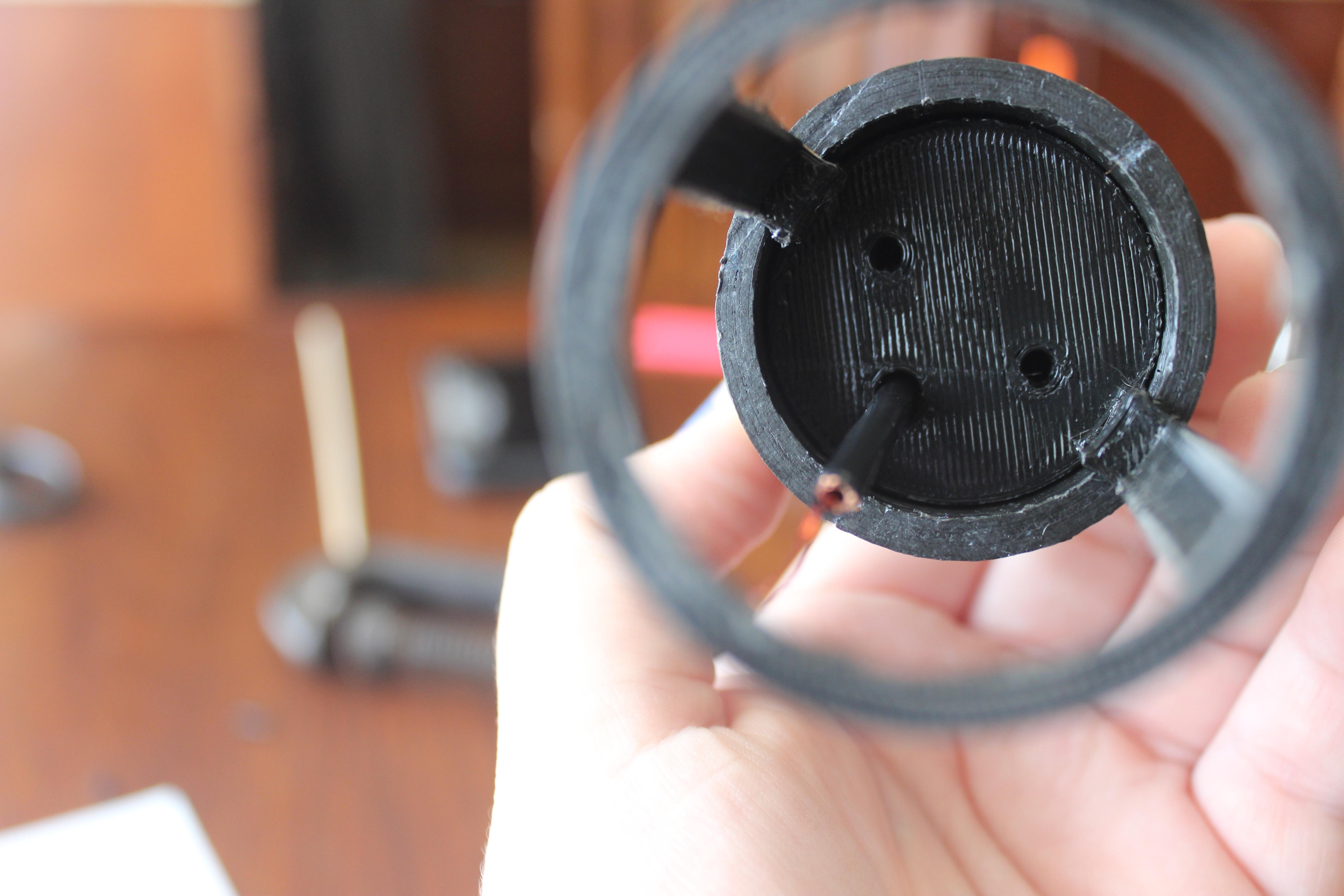
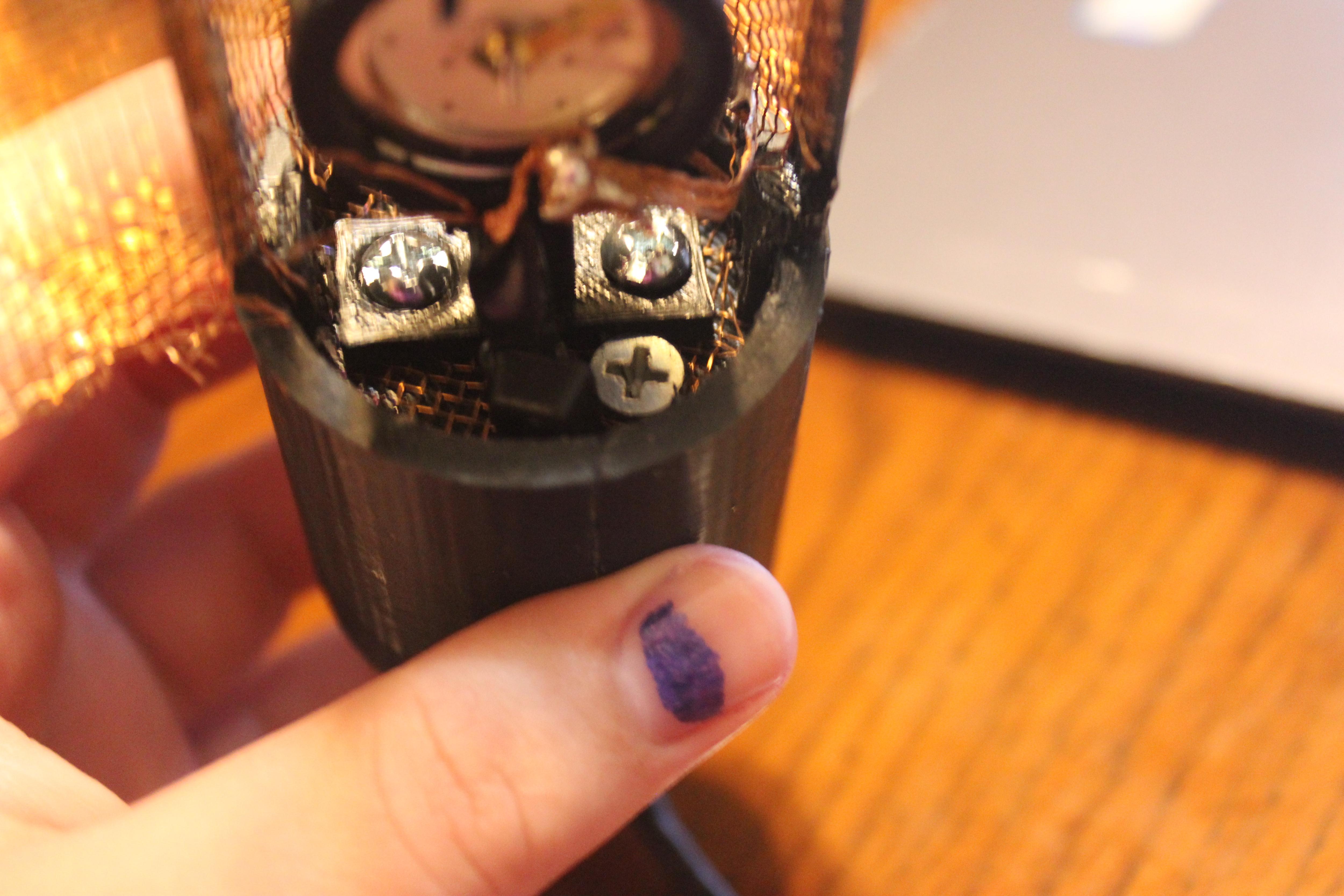
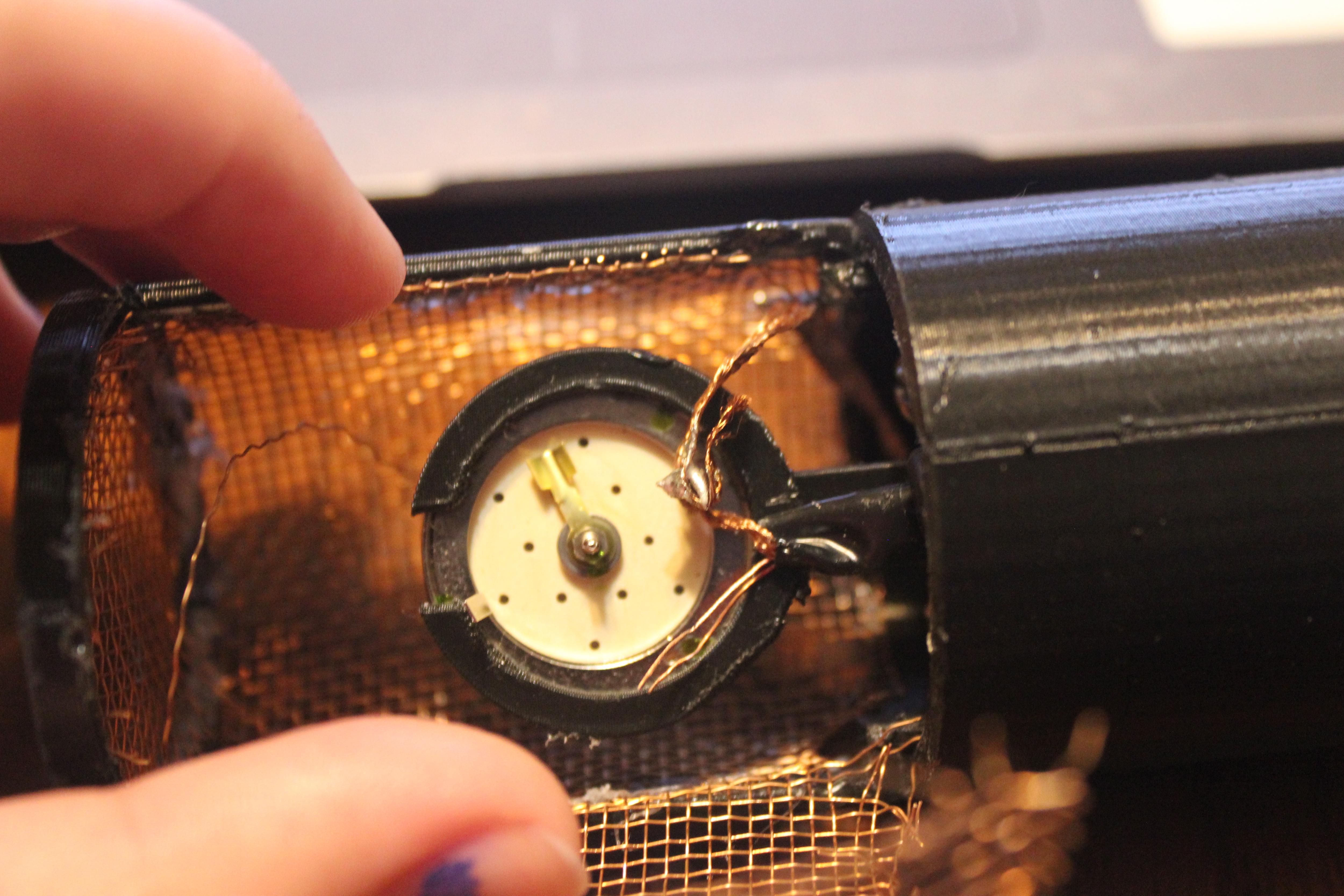
- Put the microphone base and the mesh support together so that the screw holes and the wire hole of the pieces are aligned
- Thread the wire that you previously made through the wire holes of the pieces
- Cut the copper mesh in a circle to fit the bottom of the mesh holder
- Put the capsule in the capsule holder
- Screw the capsule holder to the mesh support and the microphone base using the 4m 10mm bolts going through the mesh circle
- Attach transistor to capsule by soldering the gate of the transistor to the positive of the capsule (viewing the video from YouTube in my introduction can help show how this and the next few steps are done)
- Solder one sanded enamel wire from the wire we previously made to the transistor source (microphone positive) and the other sanded wire to the transistor drain (microphone negative)
- Cut out copper mesh to surround the microphone and hot glue the mesh to the mesh support
- Ground the capsule by soldering the end of the copper wire tube to the capsule and then to the mesh surrounding the microphone
Build the Preamp
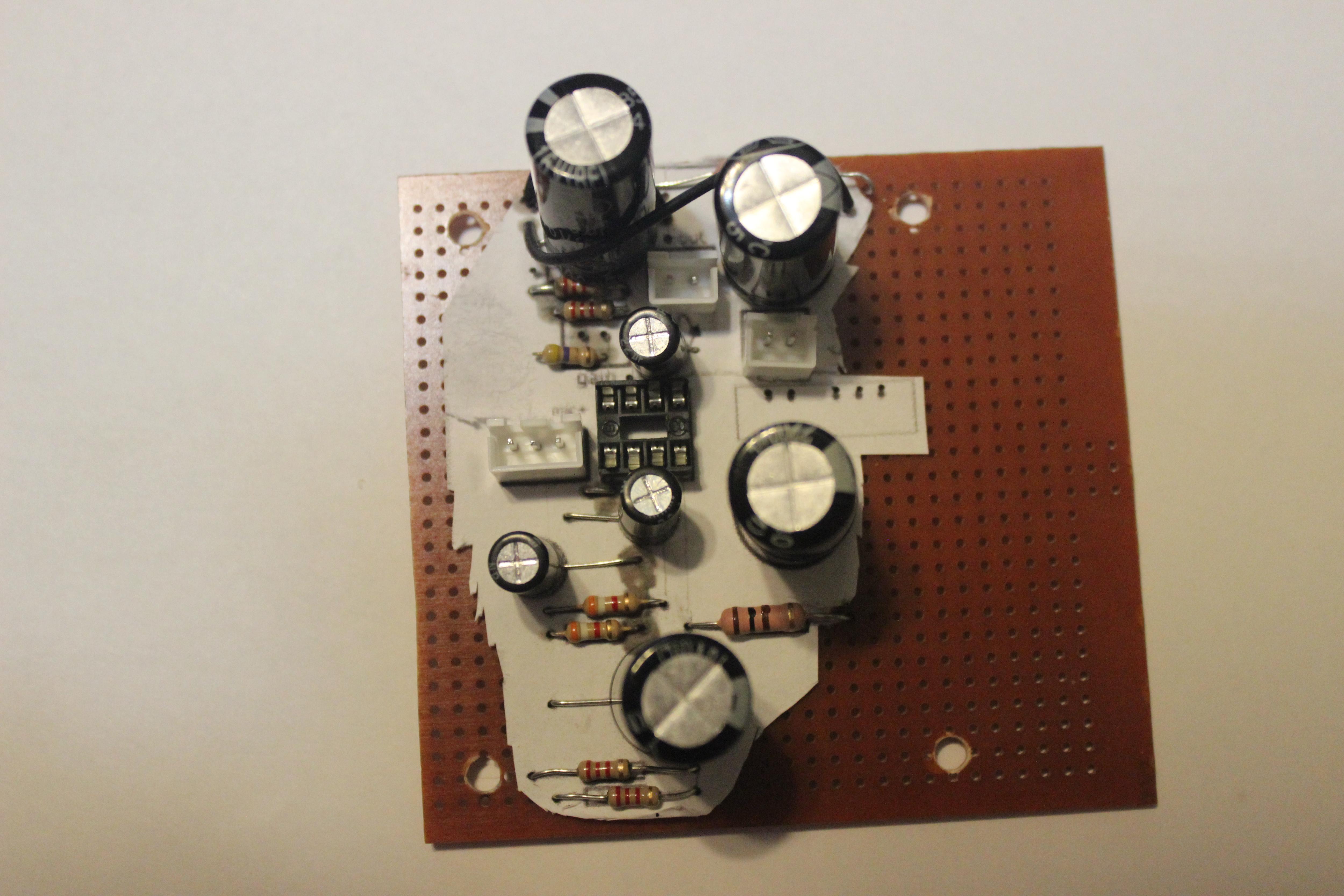
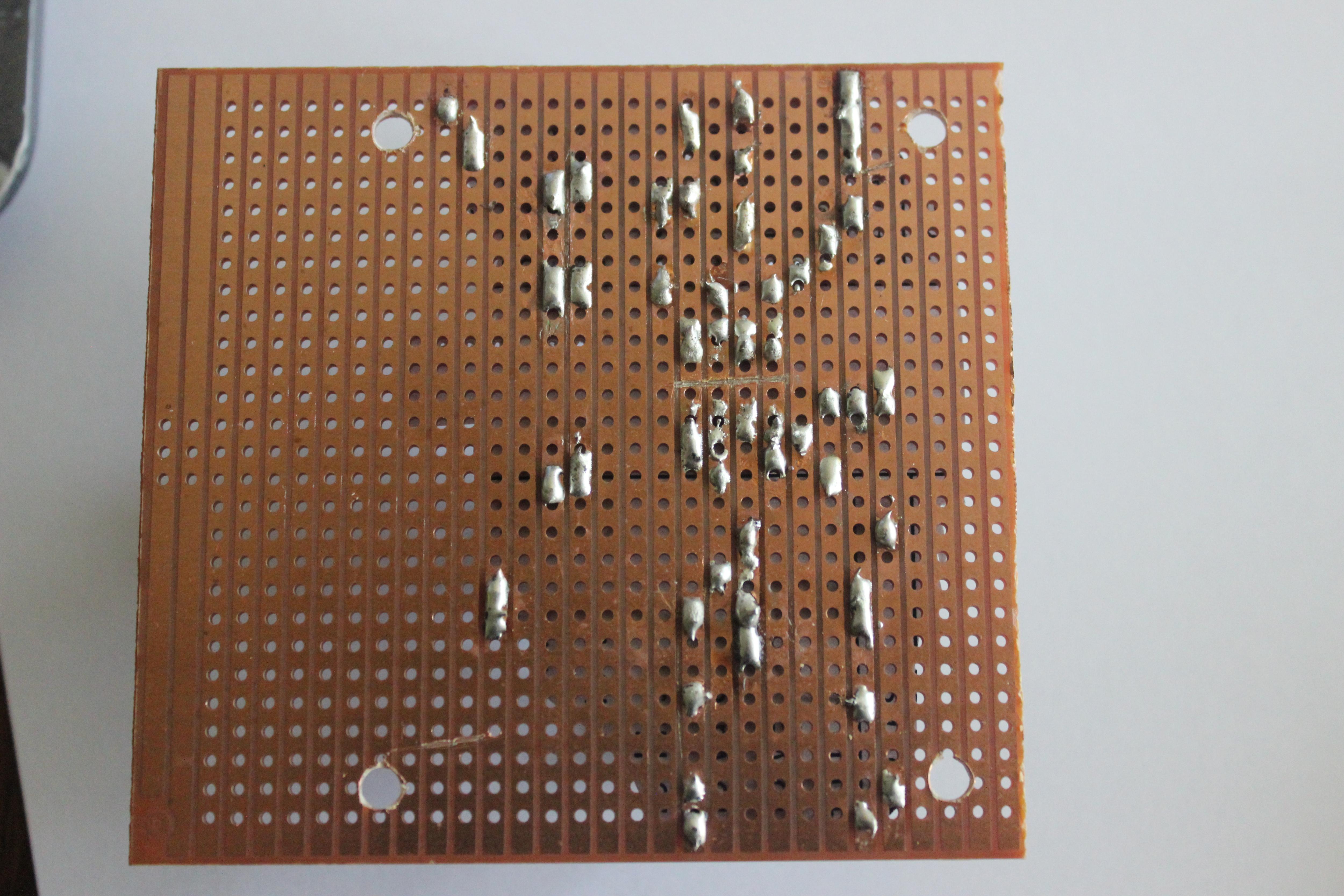
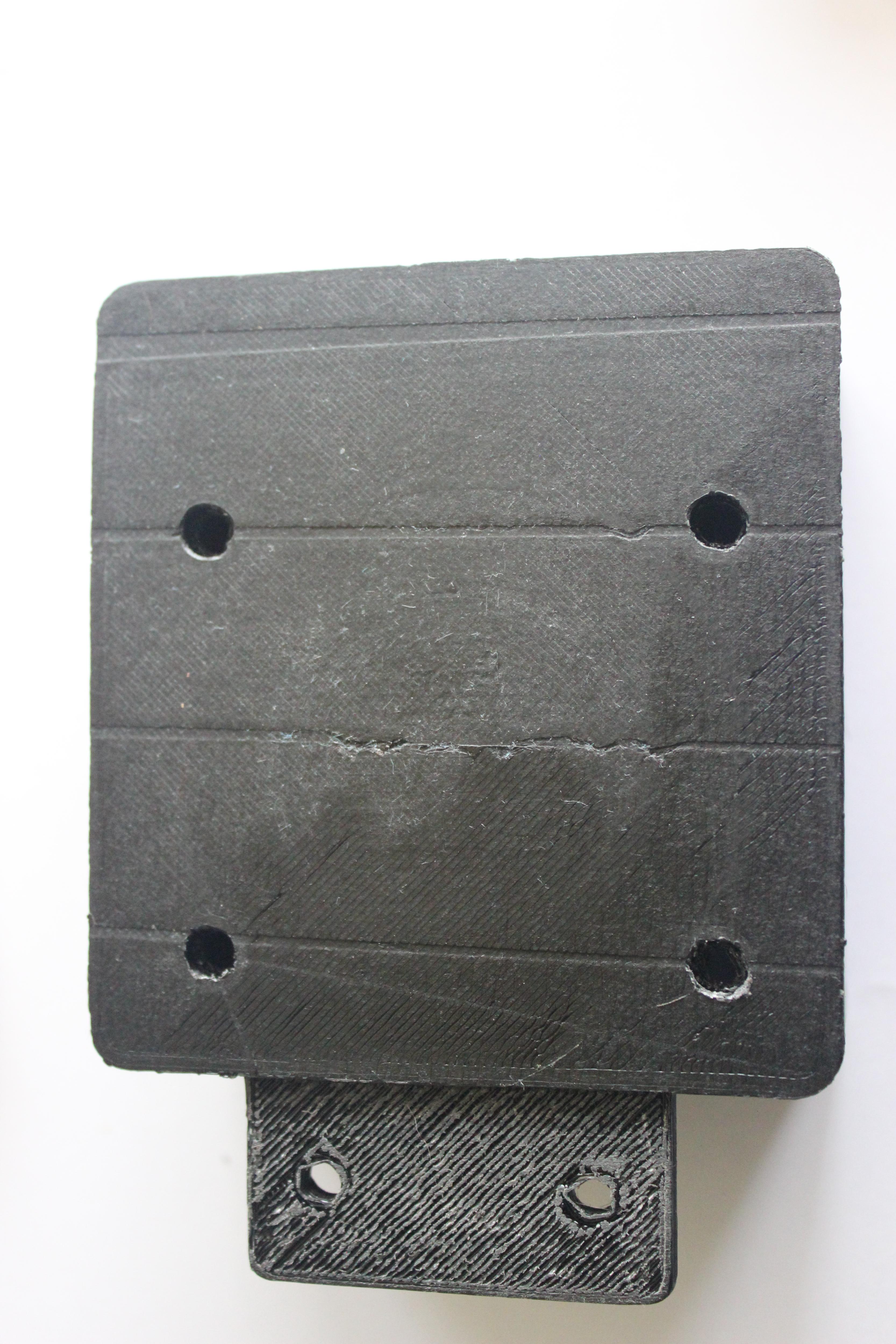
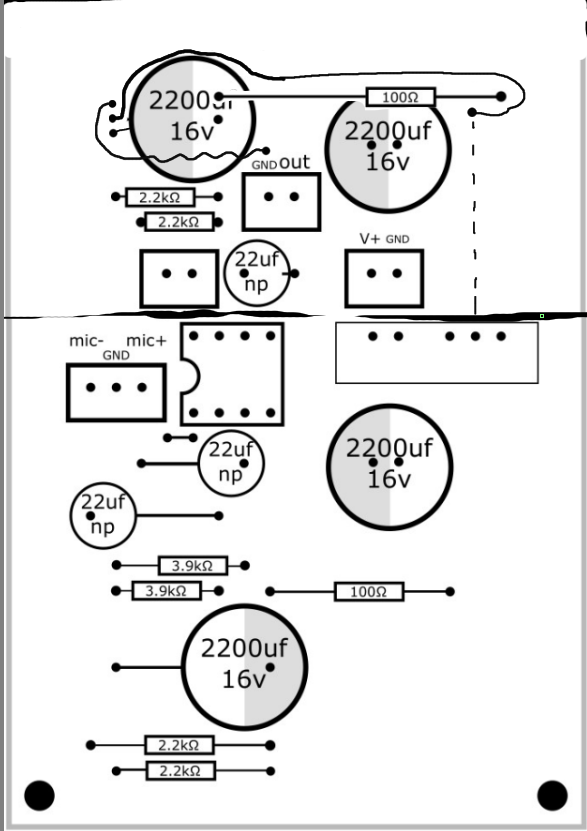
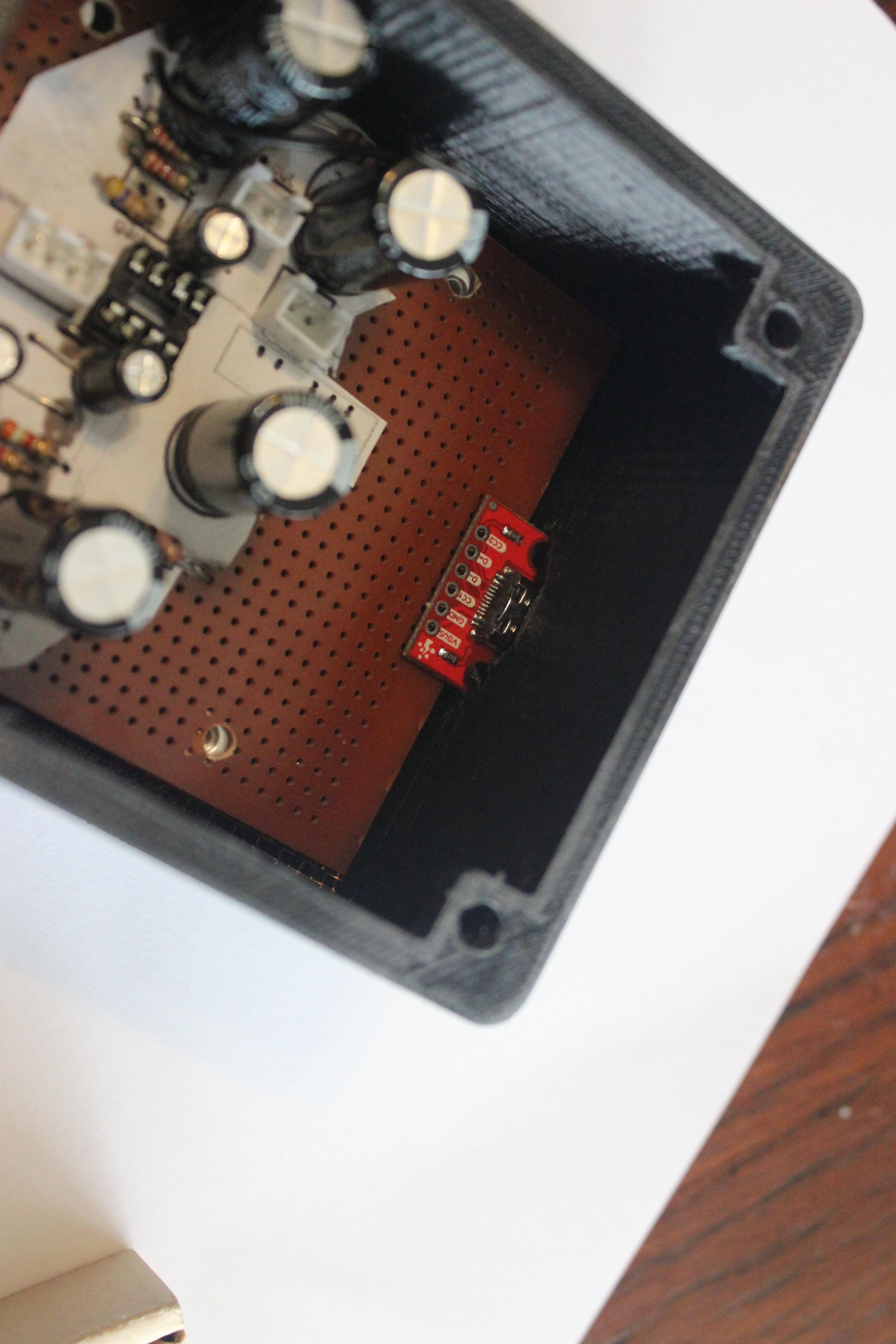
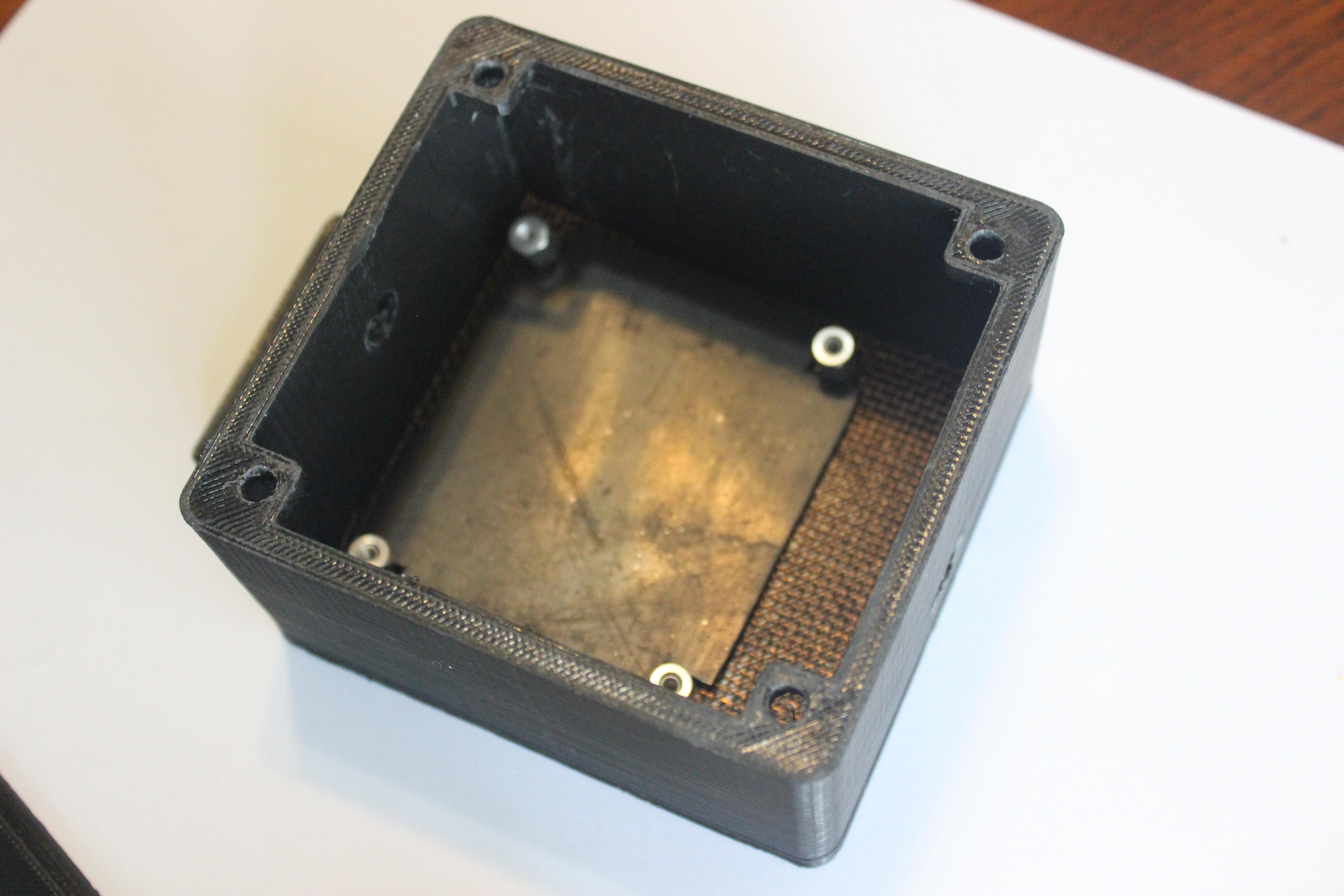
- Print out the strip board template attached below and tape it to the strip board so that it is aligned with the holes on the stripboard
- Place and solder components to strip board according to the template and the picture above
- Sever connections on the strip board as shown in this photo using a box cutter to scrape through the copper plating
- Cut strip board to be 73mm x 80 mm
- Put the strip board in the preamp housing and use a sharpie to mark the holes on the strip board
- Use a drill to bore holes in the marks you just made
- Cut out copper mesh to fit the bottom, sides and top of the preamp housing
- Cut out rubber insulator to fit the bottom of the preamp housing
- Place copper mesh piece in the preamp housing followed by the insulator piece
- Use 9mm standoffs, 3mm bolts, and 3mm nuts to secure preamp to the bottom of the preamp housing above the mesh and insulator
- Use hot glue to secure the rest of the copper mesh to the sides and top of the preamp housing
- Glue USB-C breakout board to the preamp board so that the breakout board sticks out the USB-C hole
- Solder wires from the breakout board to the audio interface and back to the preamp board as shown in the YouTube video linked at the top
Tips For Soldering
- Using a stand and a magnifying glass is extremally helpful when soldering
- Make sure solder doesn't glob and cause any unwanted connections
- Place the desoldering wire on unwanted solder and heat it up using the soldering iron to remove unwanted solder (the unwanted solder should soak into the braid of the desoldering wire)
- Don't breath in the fumes from the solder
- Try to solder each joint thoroughly in one go to avoid going over the solder again and creating oxygen bubbled in your solder (the oxygen will cause the solder to eventually oxidize)
Final Assembly
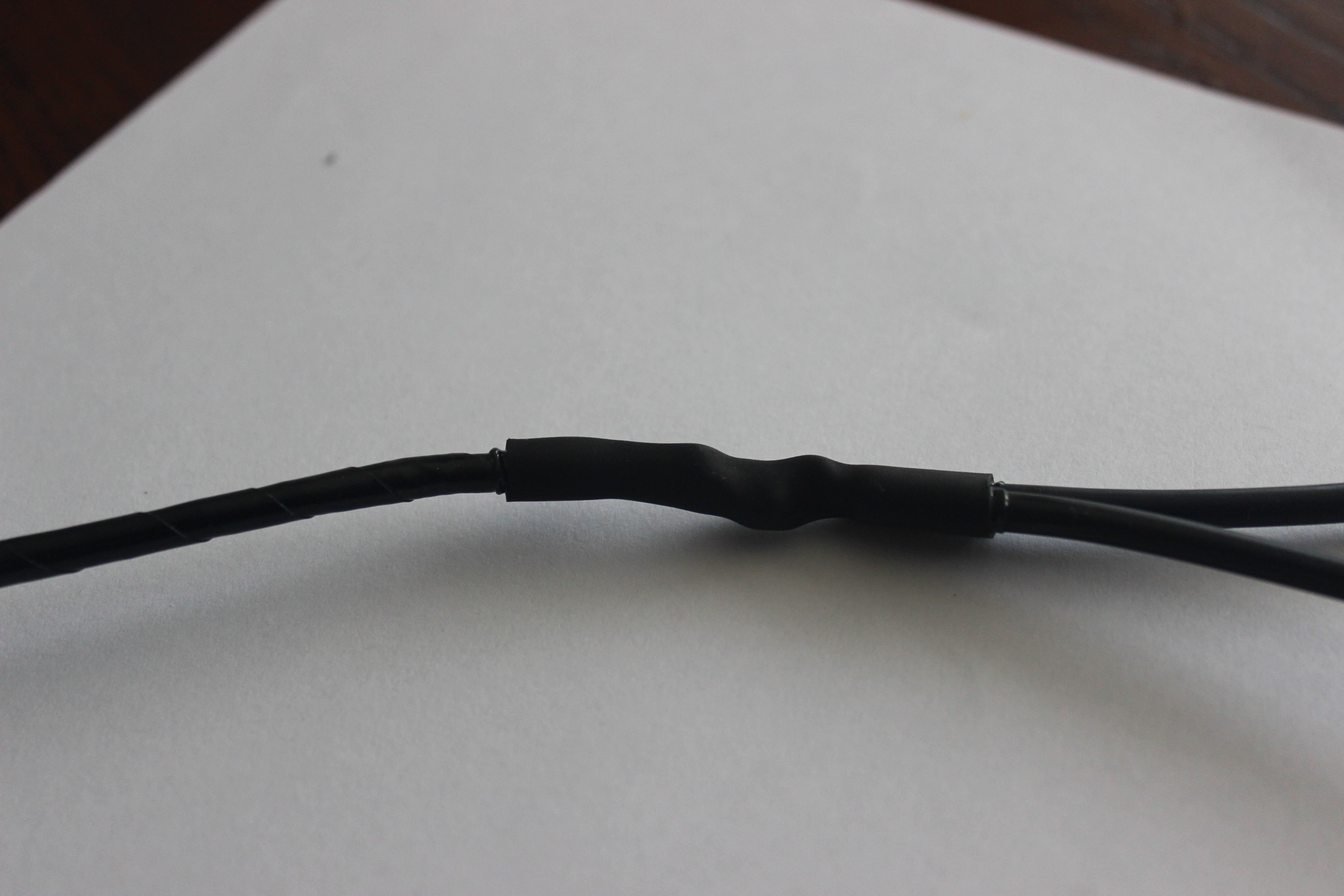
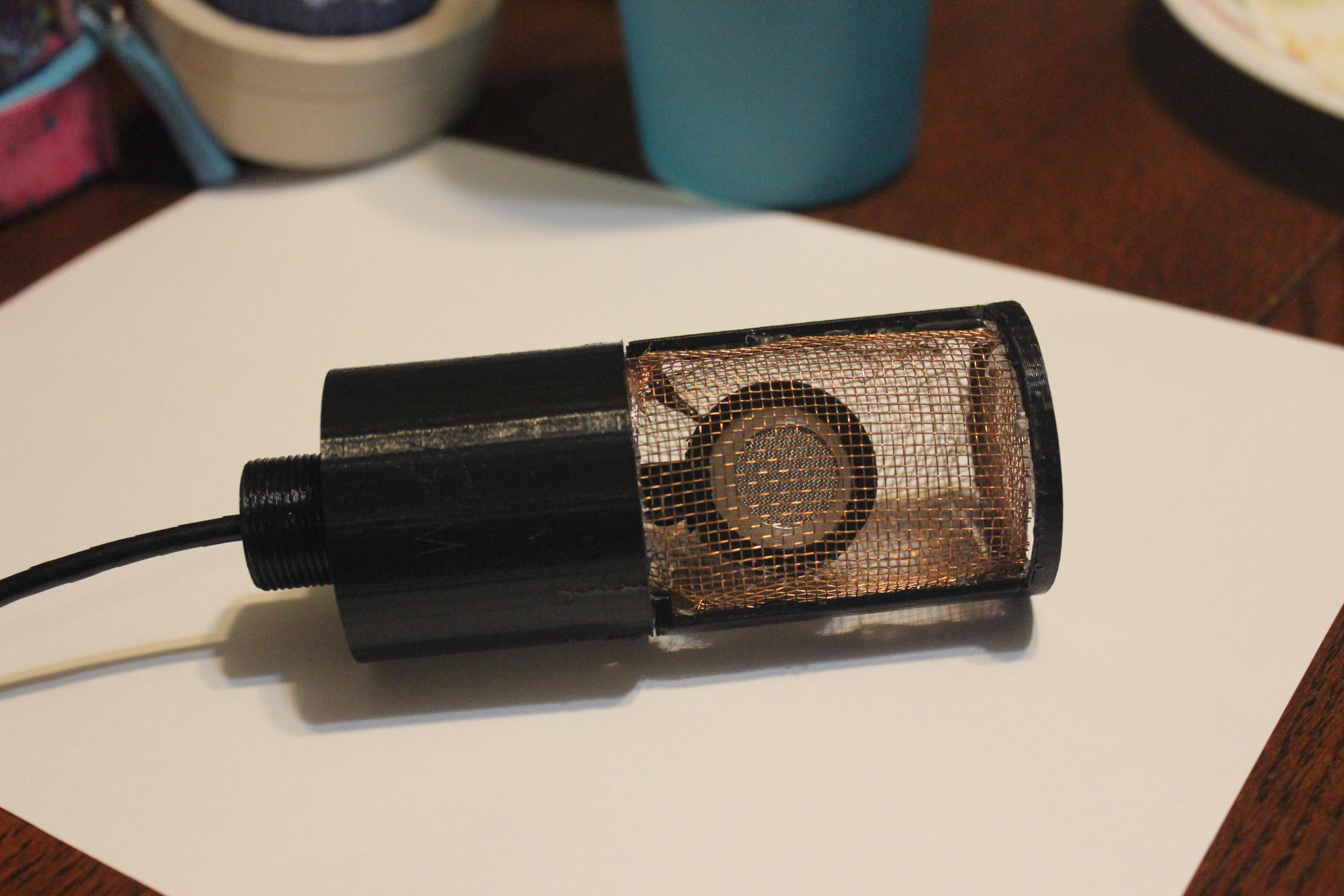

- Solder the end of the custom cable we made to the normal audio cable and use heat shrink to close everything off
- Feed the audio cable in through the other hole of the preamp housing and solder it to the preamp board as shown in the YouTube video
- Place preamp lid on top of the housing and use 4mm bolts and nuts to secure lid in place
- Plug one end of the USB-C cable into the preamp housing and the other end to your computer
- Done!